Regional media are perhaps the best able to show the world the truth about the war in Ukraine. After all, they know the people the best and have the opportunity to tell their stories. Associated Press journalist / producer of the film 20 Days in Mariupol / Pulitzer Prize winner, Vasylisa Stepanenko, emphasized this during the webinar Truth vs. Disinformation in Wartime. The online event was held within the framework of the National Union of Journalists of Ukraine’s (NUJU) project called Strengthening the Resilience of Front-line Media as a Tool to Combat Disinformation.
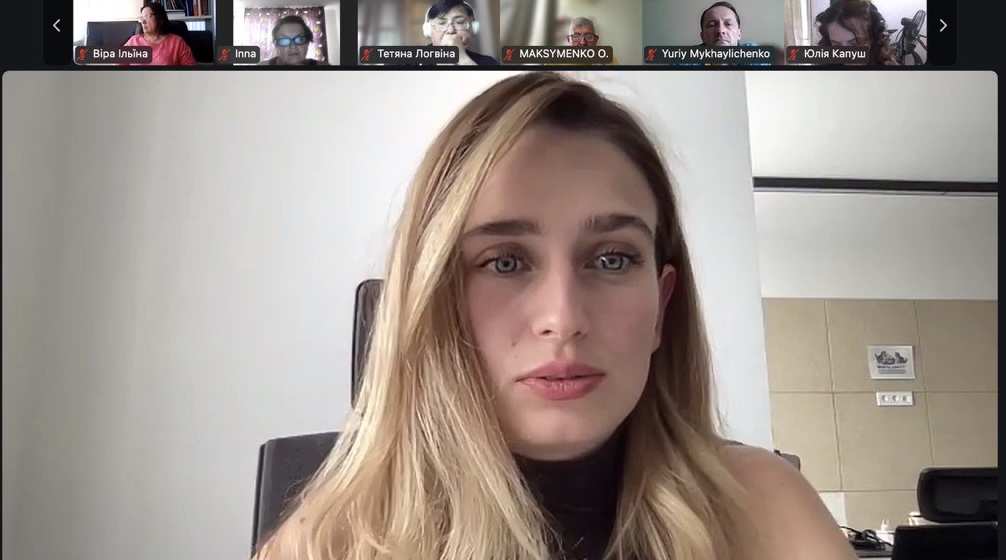
It became the first in a series of events for 20 newsrooms participating in the project from front-line regions. Since the project’s webinars are open, other registered media representatives can also participate; this time, almost 70 joined.
The training is designed to enhance content, enhance information resilience, and introduce digital tools into the newsroom’s workflow.
As Sergiy Tomilenko, the President of the NUJU, said, the course will last four months and includes both separate sessions with mentors and webinars for all participants.
“The program focuses on strengthening the opportunities to be heard in Western media. We will recommend newsrooms to direct partnerships, provide methodological, technical, and resource support,” Sergiy Tomilenko noted.
Danielė Rožėnaitė, a representative of the Embassy of the Republic of Lithuania in Ukraine, welcomed the participants of the training course.

“Free media is one of the main pillars of any healthy democracy. But in Ukraine, it is much more. It is also an active form of resistance. Front-line media in Ukraine have repeatedly demonstrated this strength – through perseverance, through truth, and courage and bravery,” emphasized Danielė Rožėnaitė.
Journalist Vasylisa Stepanenko shared her experience working on some of the world’s most famous projects created by the Ukrainian Associated Press team. In particular, this is the documentary film 20 Days in Mariupol, a video about paramedic Tyra, who was captured by the russians, filming of discovered graves and places of torture of people in the town of Izium.
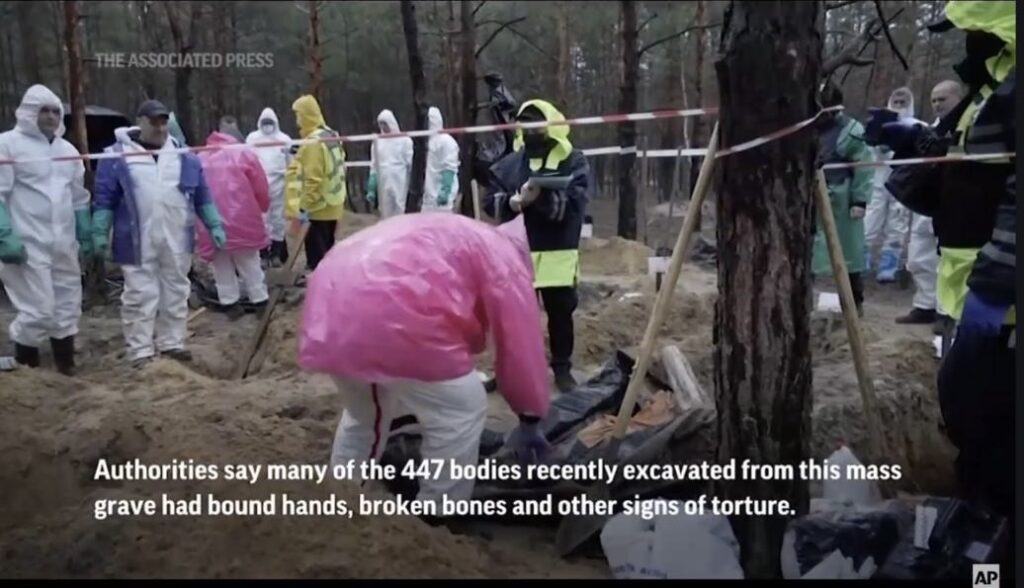
“Now we need to make efforts to keep international attention on Ukraine, and this is a real struggle. After all, when something happens in the world, the war in Ukraine fades into the background. We are seeking stories that will help sustain this interest. And it is the regional media that play a key role here. Because they know the area, know the people, and can tell their stories,” said Vasylisa Stepanenko.
It should be noted that independent media from Donetsk, Dnipropetrovsk, Zaporizhzhia, Sumy, Chernihiv, Kharkiv, and Kherson Regions were selected to participate in the training course.
These were the following publications: Vorskla, Holos Huliaipillia, Visti Zmiyivshchyny, Novyi Den, Novyny Horodnianshchyny, Nashe Slovo, Vist, Trybuna, Trudova Slava, Putyvlski Vedomosti, Visti Prydniproviya, Obrii Iziumshchyny, Radio Nostalzhi, Na Mezhi, and Yampil Information Agency, Nash Krai, Panorama, Silski Novyny, Ridne Misto, Peremoha, and Technopolis.

During the course, participants will work in three areas: content, media literacy, and digitalization, creating editorial materials according to Western media standards, and will have the opportunity to establish direct partnerships with newsrooms in European Union countries.
The project is funded by the Embassy of the Republic of Lithuania in Ukraine within the framework of the Cooperation Program for the Development and Promotion of Democracy.

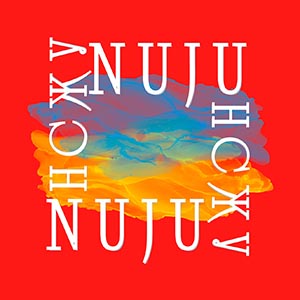
 THE NATIONAL UNION OF
JOURNALISTS OF UKRAINE
THE NATIONAL UNION OF
JOURNALISTS OF UKRAINE
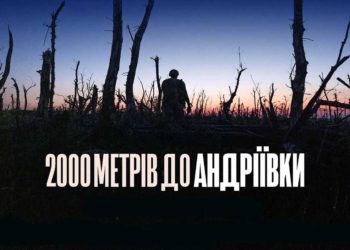

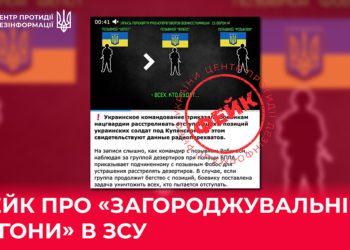
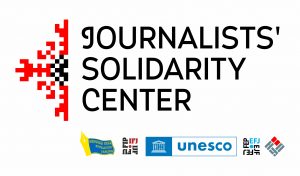







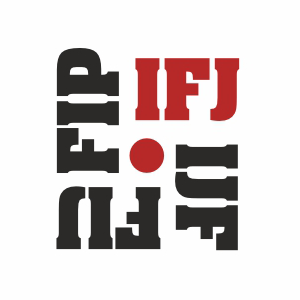
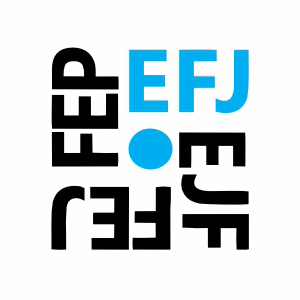


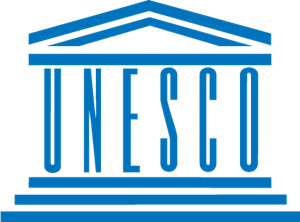
Discussion about this post